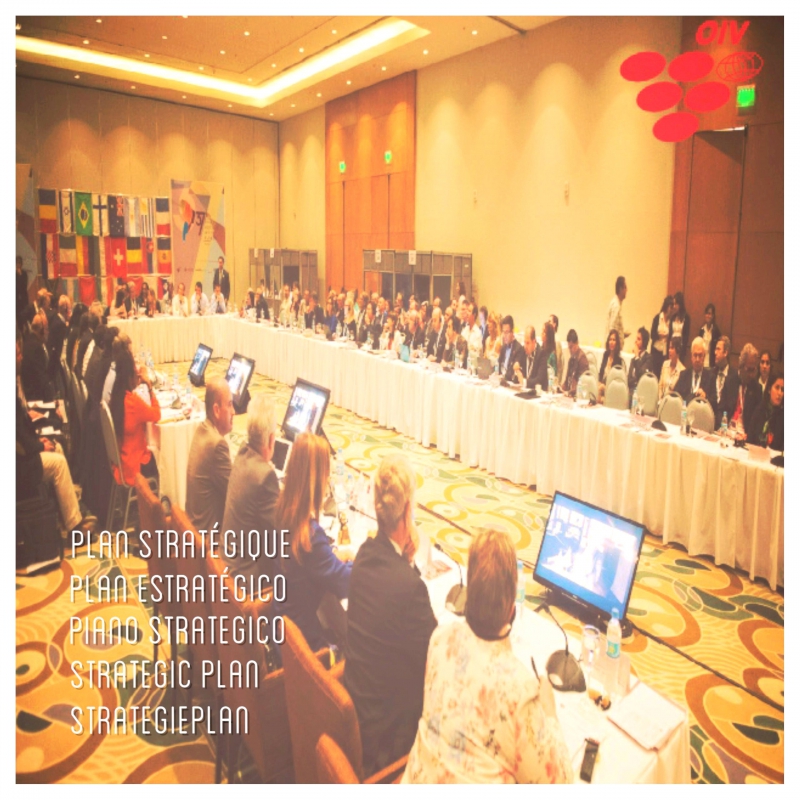This acceleration is related not only to the globalisation of consumption, but also to the steady increase in the number of producing countries.
In this context, where competition is developing between countries, it is essential to define the characteristics of vitivinicultural products and their specifications, and to promote good regulatory practices in order to ensure fair trade and the integrity and sustainability of the various viticultural products on the world market.
It is important to meet the expectations of consumers in terms of product quality, protection of health and the environment and information on vitivinicultural products, while maintaining a sustainable world market for wine.
The OIV is uniquely positioned to provide wine producing and consuming countries with information to develop vitinicultural regulations that minimise barriers to trade, promote sustainable production and protect consumers. The OIV must ensure that its work is based on sound science. Therefore an ongoing review of OIV resolutions is an important aspect of the OIV work
There are considerable commercial, economic, environmental, territorial and societal challenges related to vine cultivation and vine-based products. The OIV should, provide its expertise and timely advice on these issues.

The Strategic Plan 2015-2019 aims to provide the best response to these different concerns. It is a continuation of the last Strategic Plan (2012-2014), during which approximately sixty recommendations including oenological practices, methods of analysis and viticulture recommendations were evaluated by a community of international experts and adopted by the Member Countries. New categories of vitivinicultural products along with their presentation rules were also defined and adopted.
A genuine road map, the 2015-2019 five-year plan is structured around the following five strategic axes:
1.Promote sustainable vitiviniculture
Within the framework of vineyard development and evolutions of conventional vitiviniculture, the OIV aims to promote sustainable vitiviniculture. To do so, the OIV considers the challenge of climate change, characterizes and evaluates production methods of grapes, wine, other products and principles and analyses their economic efficiency, while considering corporate practices on social responsibility. The OIV protects and optimizes the use of natural resources and the sustainability of viticultural terroirs.
2.Establish the authenticity rules of vitivinicultural products and promote good regulatory practices
In order to categorize the vitivinicultural product, the OIV promotes principles of good regulatory practices and draws up recommendations on oenological practices and on methods of analysis. The OIV defines quality professional training courses of the sector.
3.Understand market trends and supply chain dynamics
Within the context of developing international trade in the wine sector and in order to understand whole-of-supply chain dynamics, the OIV will enhance its systems for exchanging information and statistical analysis and facilitates identification of markets trends across the value chain.
4.Contribute to the safety of the consumers and consider their expectations
Based on assessment and scientific opinions, the OIV participates to the food safety of vitivinicultural products. It evaluates innovative technologies and physiological and nutritional aspects related to the consumption of vitivinicultural products as well as socio-behavioural factors. The OIV aims also to ensure consistency in regard to traceability and labeling.
5.Strengthen international cooperation and OIV governance
As a world intergovernmental organisation the OIV fosters international cooperation and participation of States and Observers. The OIV facilitates and highlights scientific production through an adequate communication.
The 2015-2019 strategic plan is implemented in accordance with a work program annually adjustable adopted by the Executive Committee and to be developed by the various Commissions, sub-Commissions and groups of experts, scientific and technical committee.